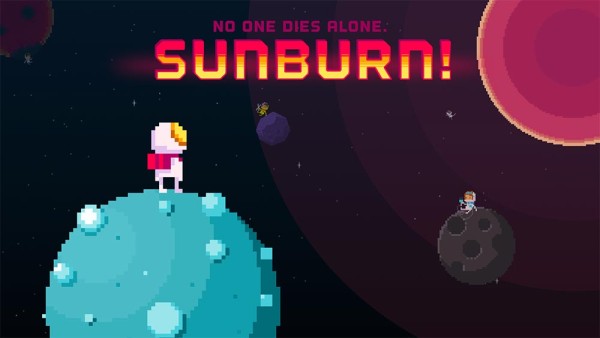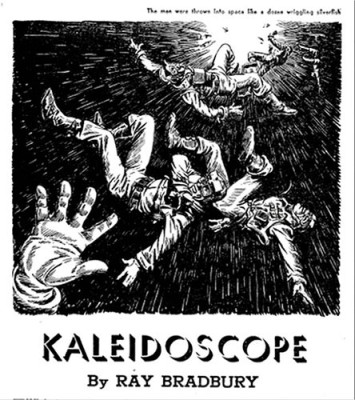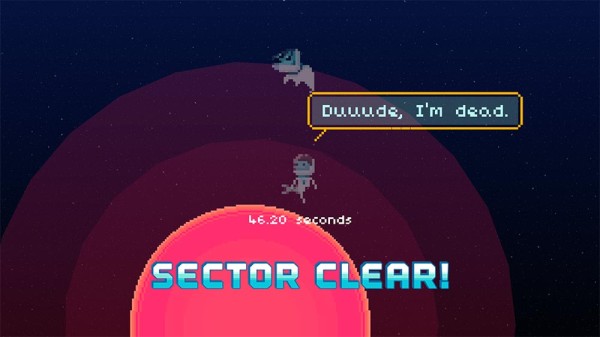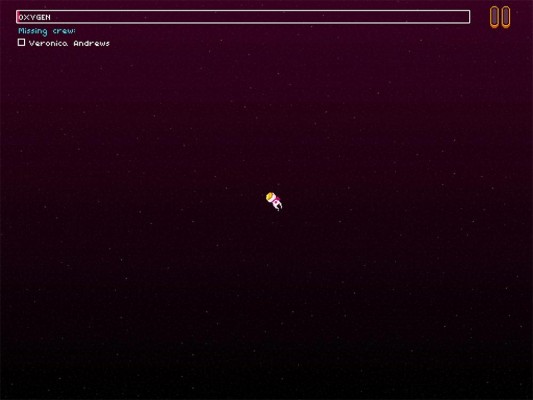Design Values
This fall, the MFA Design & Technology faculty have introduced the concept of “design values” to the toolkit we use with our students. One thing that became clear as we rolled out this addition to our Thesis Studio cycle: we hadn’t fully explained the purpose, use and strength of design values as a concept. This essay is an attempt to better convey the intent and use of design values.
Most simply stated, design values are the qualities and characteristics you want to embody in your work. This can reflect your own goals as a creator, but also the experience you want your audience to have. Colleen Macklin and I borrow the tool from Eric Zimmerman, who originally used the term “play values” as part of the game design process. Related is Mary Flanagan and Helen Nissenbaum’s “Values at Play” project. Where Eric’s use of play values focuses on the aesthetics of a work, Mary and Helen’s draws attention to the political, cultural and ethical values implicitly and/or intentionally in a work. For our purposes inside MFADT, we draw upon both conceptions, and seek to generalize them from their origins in games and play to a wider range of creative work.
Our goal in using design values is to serve as a set of handles for students, faculty and critics alike to understand a student’s intentions with their project. If a student wants their project to, say, create Rhianna videos through creative computation and machine learning, then she will need to help the MFADT community understand how to evaluate the success and failure of her videos. If a student wants to create a social practice project that uses needlepoint to explore the subtle, sometimes deadly pervasiveness of chemical pollution in the environment, then she needs to make clear what connects the materials, technique, subject and process of the project. If a student wants to connect western youth to aspects of ancient Chinese culture through a strategy boardgame, he will need to identify the what, why and how of this intention.
In all these cases, design values are useful for focusing attention of the creator and their community of practice in ways that help keep the feedback focused and the project on track. The best way to show how they can operate is through examples: one from past students of mine, one from a book Colleen Macklin and I are working on, and one from a Local No. 12 project.
Black Bottom Parade
Back in 2011, the animator Matthew Maloney and I worked with a group of students at SCAD-Atlanta to create a project for the then-new Hong Kong campus. We found out about the project only a month or so before we had to take a group of students from Atlanta to Hong Kong to develop the project. The only things we knew going into the project were that it would be in a public space in the new Hong Kong campus (which none of us had seen before), it would use a low-fi reactive table one of the students had developed, and it would be a game. After assembling a student team, we began holding planning sessions where the students pitched ideas for projects suitable for the table. More generally, the team honed in on the characteristics we all wanted to embed in the project. In other words, our design values.
It is a table—as it should be
The first design value established that the students needed to find a game concept that took advantage of the unique qualities of a 4 foot by 6 foot reactive table. Further, the game needed to serve as more than just a tech demo of what the table could do.
No aquariums
Given that the project would be on a largish table that people looked down on, we wanted to avoid the then-predictable project trope of treating the table like a window into an aquarium or terrarium. So we wanted a premise that made sense viewed from above, but wasn’t just a simulation of a fish tank. We also rolled into this one a reminder that we should be culturally sensitive about being a group of mostly Western artists and designers coming into another culture.
Wow in, wow out
The students wanted the table to leave an immediate impact on players and spectators alike, but also leave a lasting impression upon them when they walked away.
Engaged from five seconds to two minutes
Because the game was going to be encountered by people in a public space that sometimes held school events, and sometimes was just a lobby, the students felt it was important that the game had an easy “pick up and play” quality. They also recognized that most people wouldn’t spend too much time with the game given its context, and so two minutes was the agreed upon ideal play session.
Exploration of one or two mechanics leads to discover and structure
The students wanted to keep the game’s interaction model and core mechanics simple and easy to understand and learn, with depth and subtlety emerging as the play experience unfolded.
Alone is great, cooperative is better
The students wanted a game that could work with only one player, but that would be more enjoyable with two, three or four. This in part came from the context, where sometimes only one person may be in the space, while other times it could be filled with people.
The design values for Black Bottom Parade more closely adhere to Eric Zimmerman’s take on play values. They are primarily concerned with the form, medium and experience of the game. From these six design values, the group had a shared understanding of the game they would make once we arrived in Hong Kong. We used these to work through dozens of game ideas, eventually landing on the premise of a group of deceased New Orleans musicians on a floating platform that the players had to keep aloft by directing the band leader, who had a “pied piper” status amongst the other musicians. The design values all evolved as we went, with one or two of them dropping out as the process unfolded. But throughout the three weeks the students worked on the game, we kept the design values up on the wall in our workspace to keep us on track. The resulting game turned out well, garnering recognition as an IndieCade 2011 finalist.
Games, Design & Play textbook
For the last couple of years, Colleen Macklin and I have been turning our approach to teaching game design into a textbook. A number of design values guide our writing.
Games are play machines
Early in the writing, we adopted the “play machines” metaphor to help us think about game design as play design. For us, this meant thinking about the aesthetic and cultural value of the play produced by games rather than thinking about games as commercial media products.
Look to the margins
Colleen and I both have more interest in expanding notions of games and play. And so almost all the examples in the book are drawn from indie games and altgames, as this is where the more interesting work is happening. We also wanted to showcase games by a more diverse group of gamemakers, which led us to be mindful of using games by women, people of color and LGBTQ-identifying gamemakers as examples.
Value neutral
We want the book to be useful to someone creating competitive local multiplayer games and someone crafting story-driven autobiographical text games. This means we need to find ways to talk about sometimes conflicting approaches to games in a way that is supportive and illustrative while recognizing that not everyone approaches the medium of games with the same intentions.
Dig into the details
One of the guiding ideas for the project is creating a book that will get further into the details of iterative game design processes that usually only come out after having gone through the process a couple of times. So we are working to provide a finer-grain look at some of the important considerations and processes of iterative design.
These four design values illustrate Flanagan and Nissenbaum’s “Values at Play” approach. Colleen and I feel strongly about making sure this book is inclusive and shows the incredible range of possibilities of games and play. We fully understand the political and ethical territory around games, and want to make the book something that will help broaden the medium while also showing the depth of the iterative game design methodology.
The Metagame
A final example is Local No. 12’s party cardgame, The Metagame. After the success of the artist’s project, “The Metagame: Culture Edition” we created for Esopus magazine, we decided we wanted to do a commercial version of the game. Four design values guided our work.
Players set the tone
A trend over the last four or five years for party card games is focusing on particular tones and kinds of humor, with ribald and off-color humor being the most prevalent. We wanted to create a card game that allowed the players to decide the tone for themselves. So we focused on creating “tone-neutral” content that could be played for laughs, as a more intellectual or philosophical experience, or, if the players preferred, as an excuse to make fart jokes. This played out mostly in writing and playtesting the opinion cards.
Find it in the dictionary under…
Through conversation with our illustrator, we latched onto the idea of those illustrations you might find in a dictionary to illustrate a concept. We thought this approach to the images and descriptions of objects would allow players to make the game their own.
Just enough info
In working on the culture cards, we wanted to make the sometimes obscure items on the cards as accessible as possible. We strove to use illustrations and descriptions to help people understand the items they didn’t know while not giving away too much.
One deck, many games
Though the original version of the The Metagame was a single game, we decided we wanted the deck to support a variety of play experiences, not unlike a traditional deck of playing cards. And so from the beginning of the process, we focused on developing a range of play experiences that allowed conversation and debate in some cases, but in others simple acts of comparison, attempts to guess what other players were thinking, and all sorts of other experiences.
These four design values were in the forefront of our minds as we created the game. They also remain a focus as we develop expansions and new games to play with the deck. The Metagame has a mix of both the aesthetic-focused play values and the more critical values of Flanagan and Nissenbaum. We wanted to make a game that didn’t generate culturally insensitive play experiences by default, and that could allow strong personalities and the more shy amongst us to have an enjoyable experience.
Design Values: the Basics
These three examples hopefully show the ways in which design values can support a range of project types and goals. The most important thing about design values is their role in creating shared understanding of what the project’s creator(s) are striving for so that the creator and their community of practice can help keep the project on track. Here’s some prompts for developing design values for a project, modified from Colleen and I’s forthcoming game design textbook, Games, Design and Play.
Theme
What is the piece about? How does the the piece present this to the audience? Through a story? Metaphor? Model of a larger system?
Reflection
What concepts, perspectives or experiences might the player encounter during play? How are these delivered? Through story? Systems modeling? Metaphor?
Point of view
What does the user see? Through what kind of perspective? From what cultural reference point or political position?
Challenge
If the piece is meant to provoke or challenge: Is it critical? Speculative? Pushing the boundaries of form? If it’s something meant to accomplish a goal and solve a challenge: What kind of challenges does the piece resolve? Mental challenge? Physical challenge?
Perception
How is the piece and the information within it represented? What visual and aural styles will be used? Why?
Decision-making
How and where do users make decisions? How are decisions presented? Is the information space perfect or imperfect?
Context
Who is the audience? Where are they encountering the piece and how did they find out about it? When are they interacting with it? Why are they interacting with it?
Emotions
What emotions are you hoping to generate in your audience?







